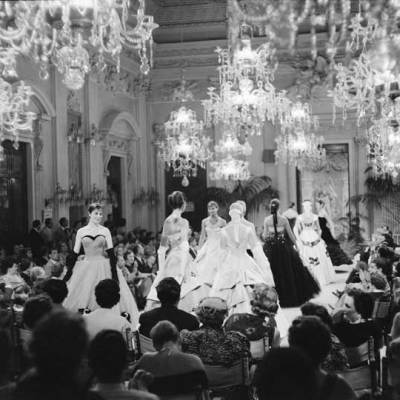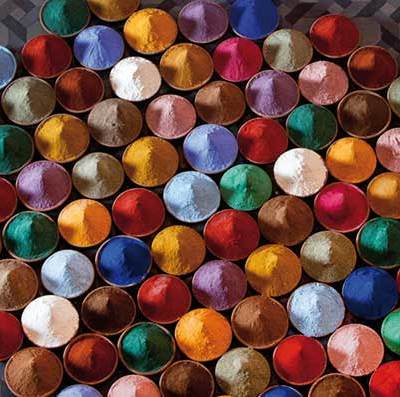Historians, curators and broadcasters are rarely made the subject of major art exhibitions. But Kenneth Clark’s (1903–83) renown is such that ‘Looking for Civilisation’, at Tate Britain until 10 August, does precisely that.
Born into exceptional privilege, Clark whiled away his adolescence collecting Hokusai woodcuts and making precocious copies of Aubrey Beardsley prints. The grandson of a textile magnate, he once stated that although others were richer than his parents ‘there can have been few who were idler’.
Under the tutelage of art world grandees Bernard Berenson and Roger Fry, the young Clark embarked on a career as an art historian. Although never reaching the scholarly heights of his mentors, Clark’s early work Leonardo da Vinci, represented here by three drawings from the Royal Collection, remains a standard text.
Clark’s meteoric rise saw him appointed director of the National Gallery aged just 30. Although he inherited an institution blighted by decades of neglect, Clark’s fruitful tenure saw the introduction of (long-overdue) electric lighting, a scientific department and the publication of new scholarly catalogues. He also steered the museum through the dark days of the Blitz with morale-boosting exhibitions and popular concerts.
However, this exhibition glosses over Clark’s ambivalent relationship with the museum. Some of his decisions were unpopular with his staff, and he resigned in 1945 to concentrate on writing. His most important acquisitions of the period are also, disappointingly, absent from the walls at Millbank. Instead of Bosch and Sassetta we have Paolo da San Leocadio’s Virgin and Child with Saints (c. 1495) – hardly a blockbuster – and Andrea Previtali’s Scenes from Tebaldeo’s Eclogues (1505), which Clark controversially attributed to Giorgione.
The best works here are those Clark collected for himself. Sometimes dismissed as a reactionary, he was a surprisingly diverse and progressive patron. Works by British modernists, such as Vanessa Bell’s Self-Portrait (c. 1958) or David Jones’ Petra im Rosenhag (1931) hung alongside Cézanne, Sidney Nolan and Giovanni Bellini at Saltwood, Clark’s Norman castle on the south coast.
Clark revelled in the collaborative aspects of patronage, becoming a particular champion of John Piper, Henry Moore and Graham Sutherland, who he dubbed the ‘New Romantics’. Clark commissioned many works from the group, including Piper’s Coventry Cathedral (1940) and Sutherland’s book cover for Landscape Into Art (1940). Unsurprisingly, given its present context, Clark’s contribution to British art is the most comprehensive and coherent aspect of this exhibition.
However, Clark is, of course, primarily remembered for his seminal TV series, Civilisation (1969). This dense and lavish production brought the western canon into the homes of millions. Although conservative, particularly when compared to John Berger’s equally iconic Ways of Seeing (1972), Clark’s genuine authority, unfaltering belief in the power of art and sincere desire to educate remains compelling viewing.
The wider public may not warm to this rather niche exhibition. The eclectic display and lack of major ‘masterpieces’ may well drive the crowds elsewhere. But those who venture in will be rewarded with an absorbing portrait of a man who profoundly shaped the British art establishment as we know it.
‘Kenneth Clark: Looking for Civilisation’ is at Tate Britain until 10 August.
Related Articles
Civilisation 2.0: who could replace Kenneth Clark? (Rosalind McKever)




